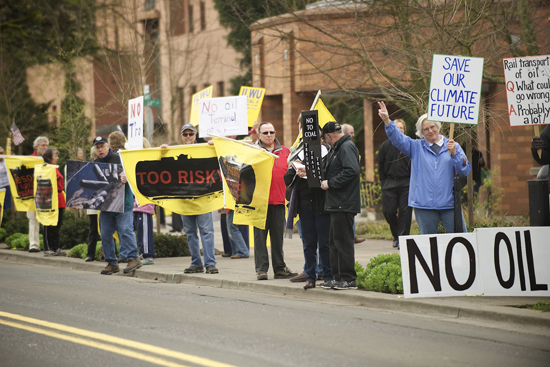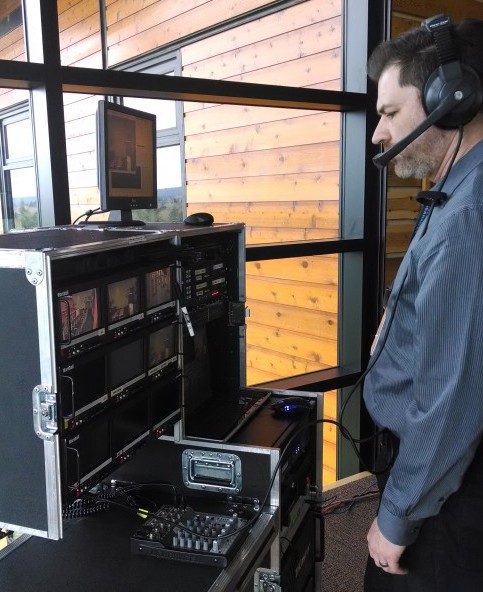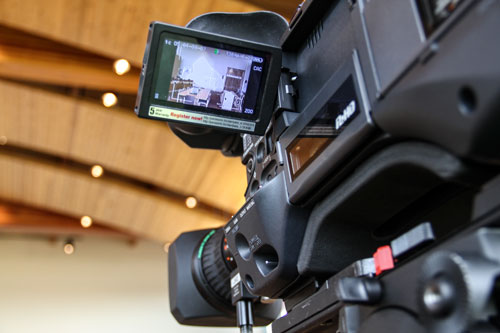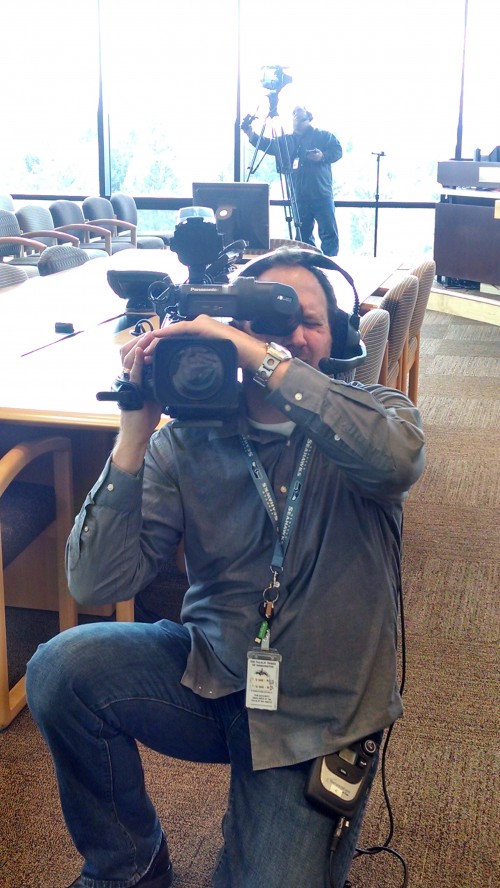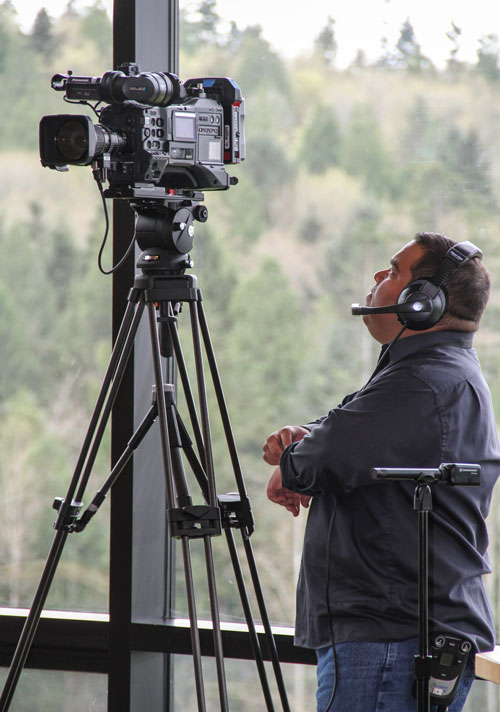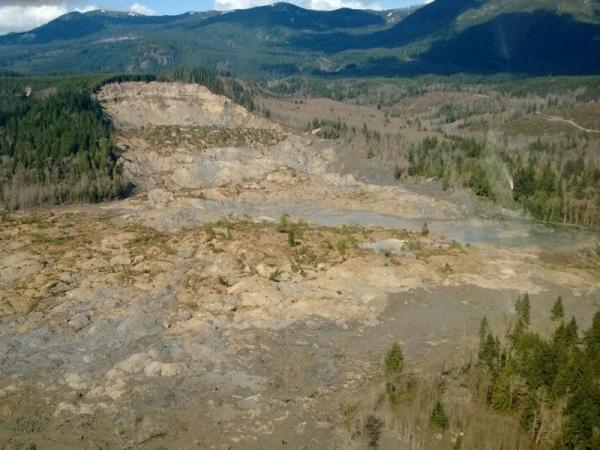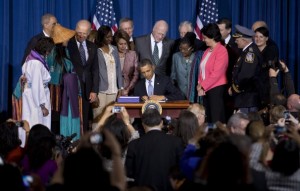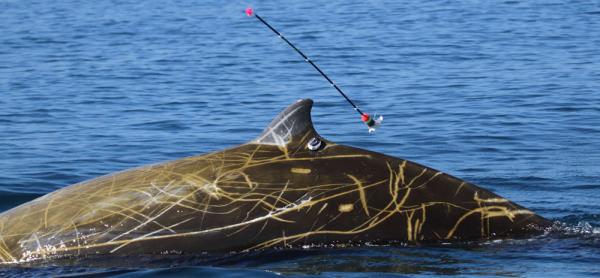
Erin Falcone Cascadia Research under NOAA permit 16111
By Tom Banse, NW News Network
Think about how long you can hold your breath and then let this discovery blow your mind.
Northwest-based whale researchers have documented a new breath-hold record among mammals. They timed a dive by a beaked whale that lasted 2 hours and 17 minutes.
A paper published in the peer-reviewed journal PLOS One by scientists with the Cascadia Research Collective of Olympia revealed two new records. The researchers tagged Cuvier’s beaked whales, a rarely seen species which forages in deep ocean waters worldwide, including off the U.S. West Coast.
Lead study author Greg Schorr says his team tracked thousands of dives by these whales. The longest lasted 137 minutes.
“Imagine holding your breath while flying from Seattle to San Jose,” says Schorr. “That would be similar to what these animals are capable of doing.”
Schorr says one beaked whale also dove deeper than any other mammal seen before, including the previous record holder, a southern elephant seal. The tagged whale dove nearly two miles below the surface — 2,992 meters deep.
“They basically can store huge amounts of oxygen in their muscle tissue and release it in a very controlled manner to allow them to dive to these depths,” explains Schoor.
To gather the results, the researchers used barbed darts to attach temporary dive recorders to the dorsal fins of eight whales. The satellite-linked tags were made by a Redmond, Washington company, Wildlife Computers.
Schorr says he reacted with disbelief after seeing the deep diving record for the first time. He says the research team independently verified the results by putting the depth sensor in a pressure tank at a NOAA lab in Seattle.
“Indeed the readings are correct,” Schorr reports.
The U.S. Navy was the primary funder for this research. The Navy wants more info about whether anti-submarine warfare exercises using sonar harm whales.
It is “a very pertinent question,” observes Schorr. Naval sonar use has been associated with whale strandings elsewhere. In fact just this week, environmental groups blamed a joint naval exercise in the Mediterranean Sea for a mass beaching of Cuvier’s beaked whales along the coast of Crete.
Closer to home, environmental and tribal groups have gone to federal court to seek more study and restrictions on sonar and underwater noise to protect marine mammals in the U.S. Navy’s Northwest Training Range Complex. This ocean range stretches from Northern California to the Canadian border.
Schorr says the next phase of his team’s research will compare whale behavior in the presence and absence of naval sonar activity on an ocean training range off the coast of Southern California. That is the same place where the record-setting dives were observed.




